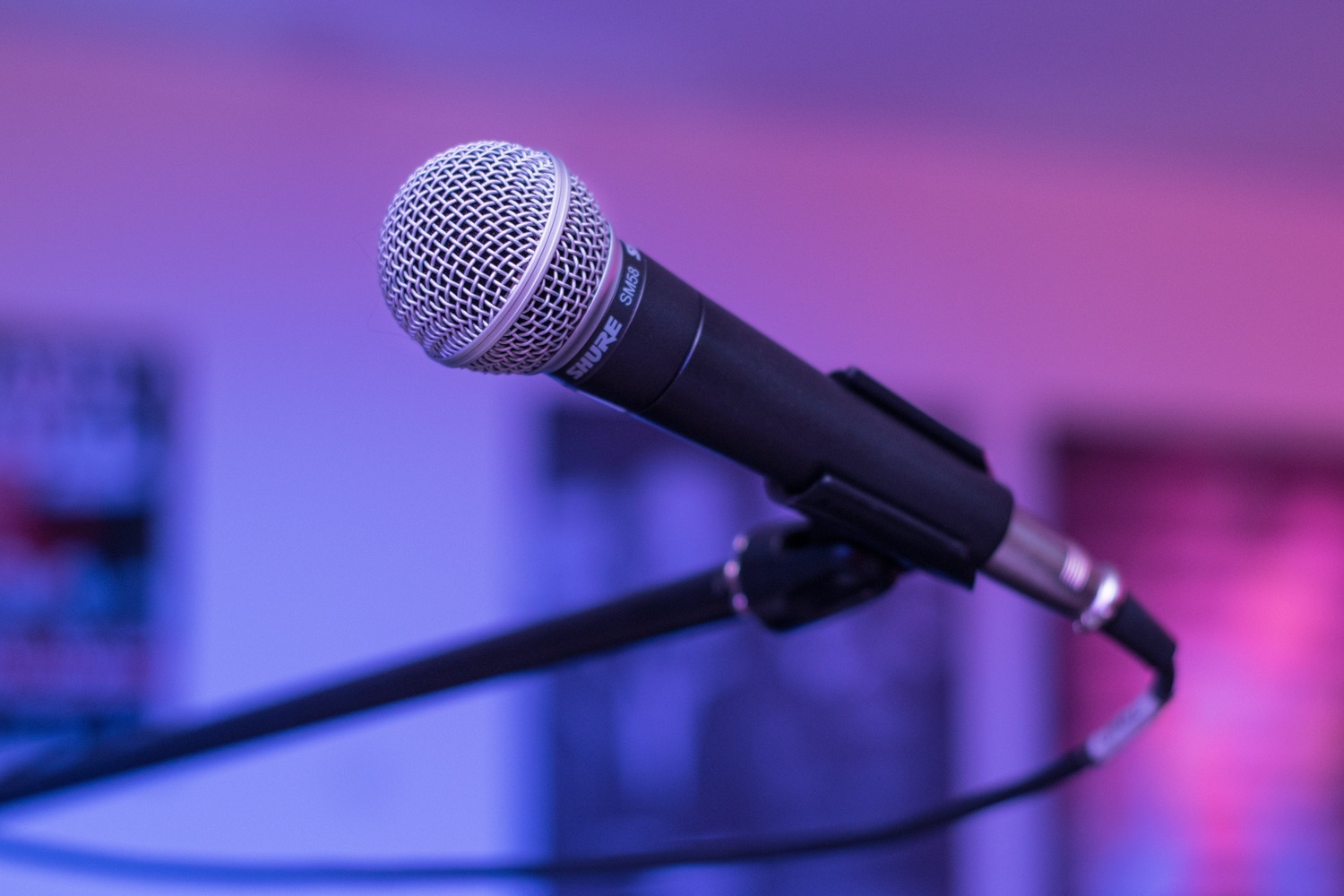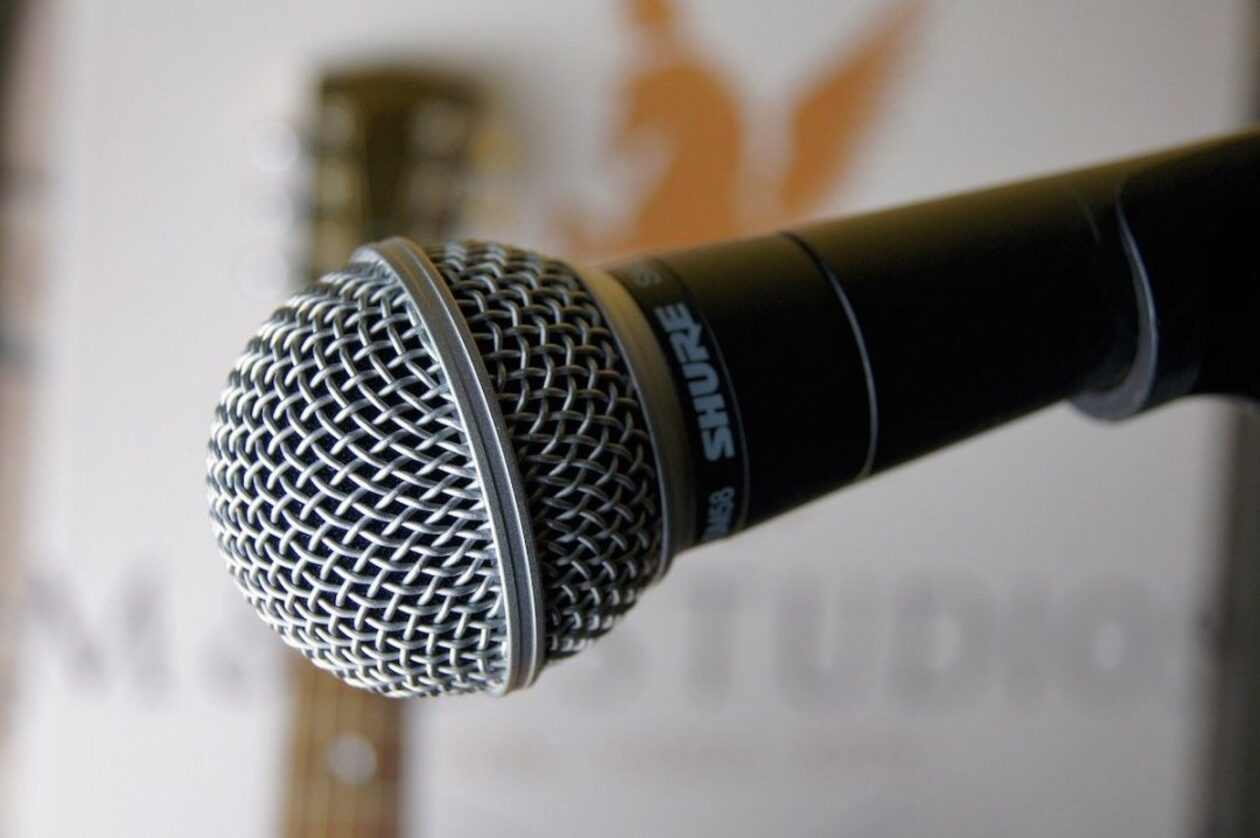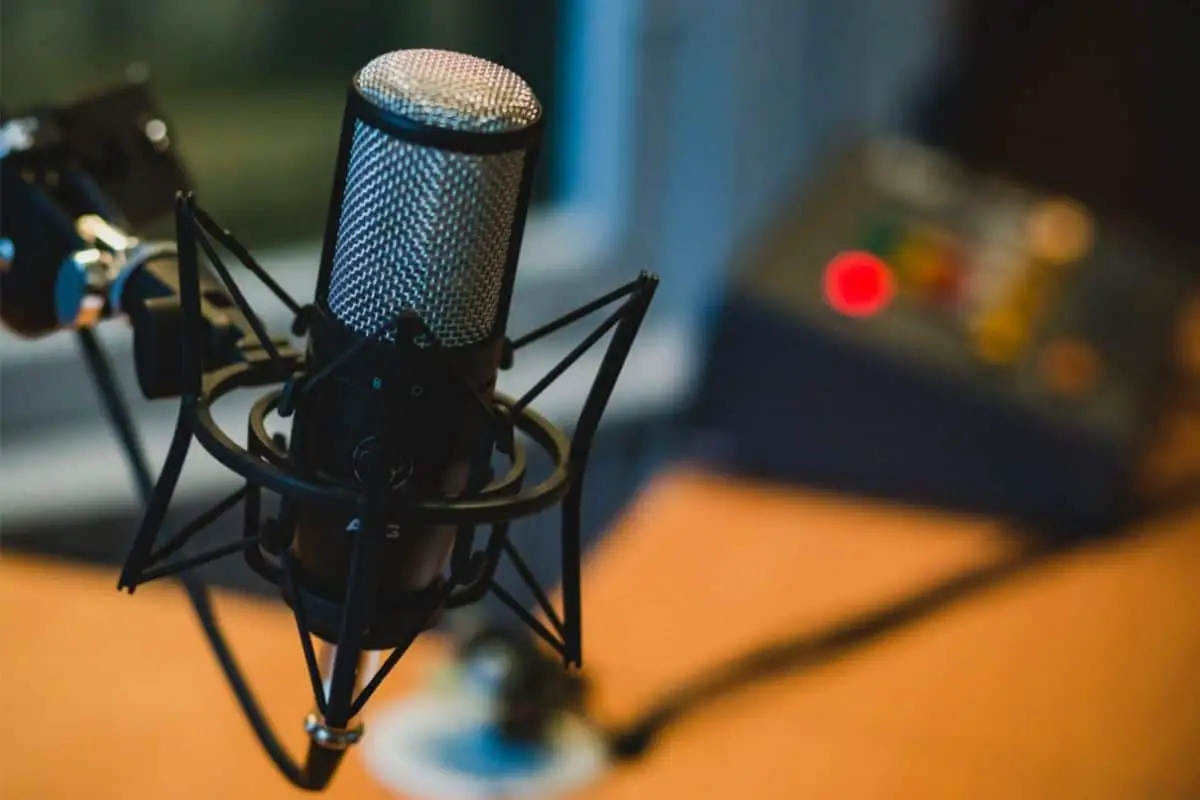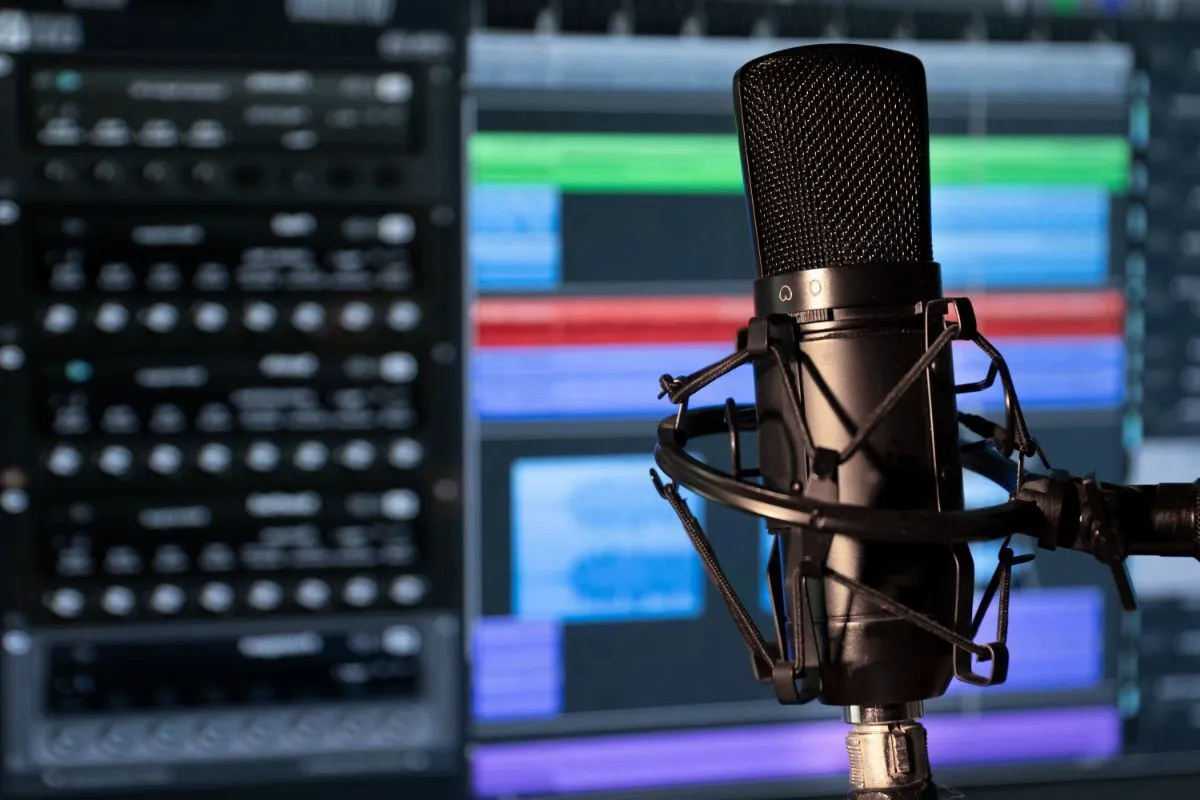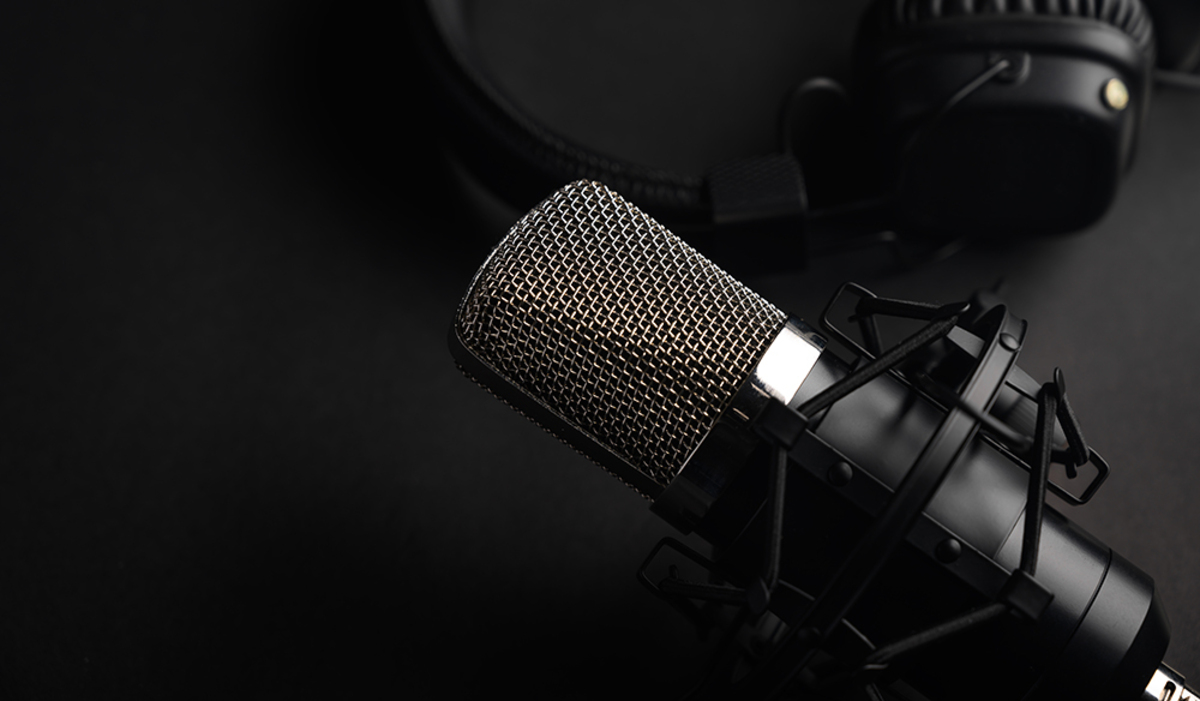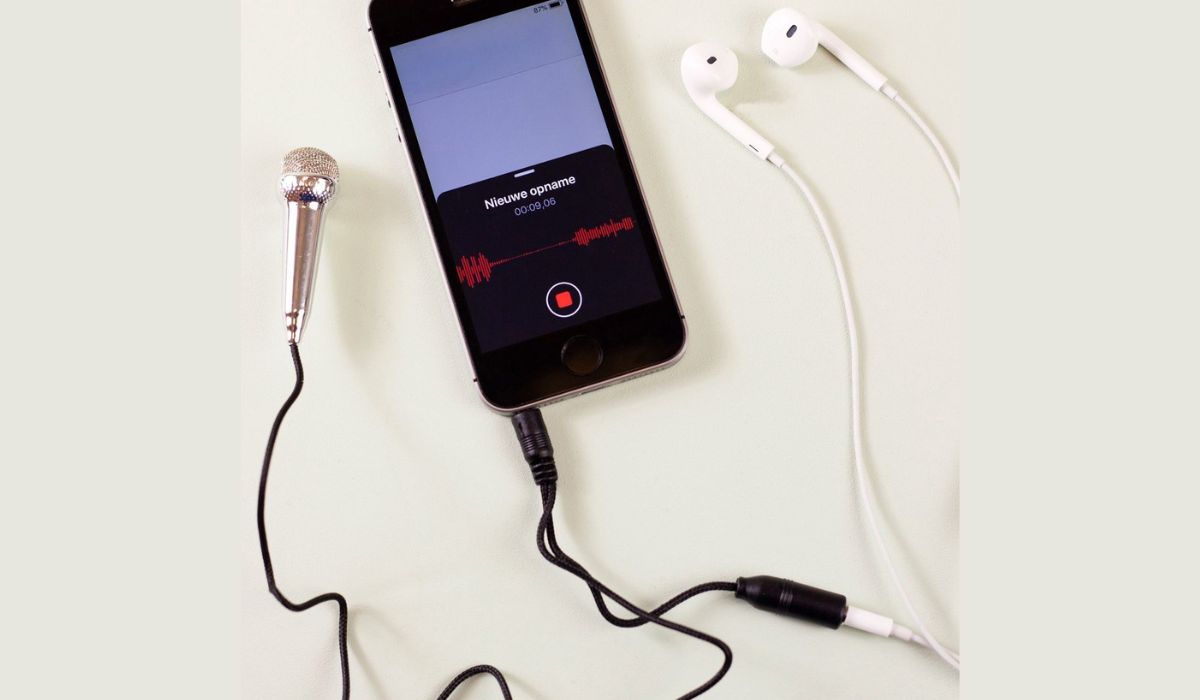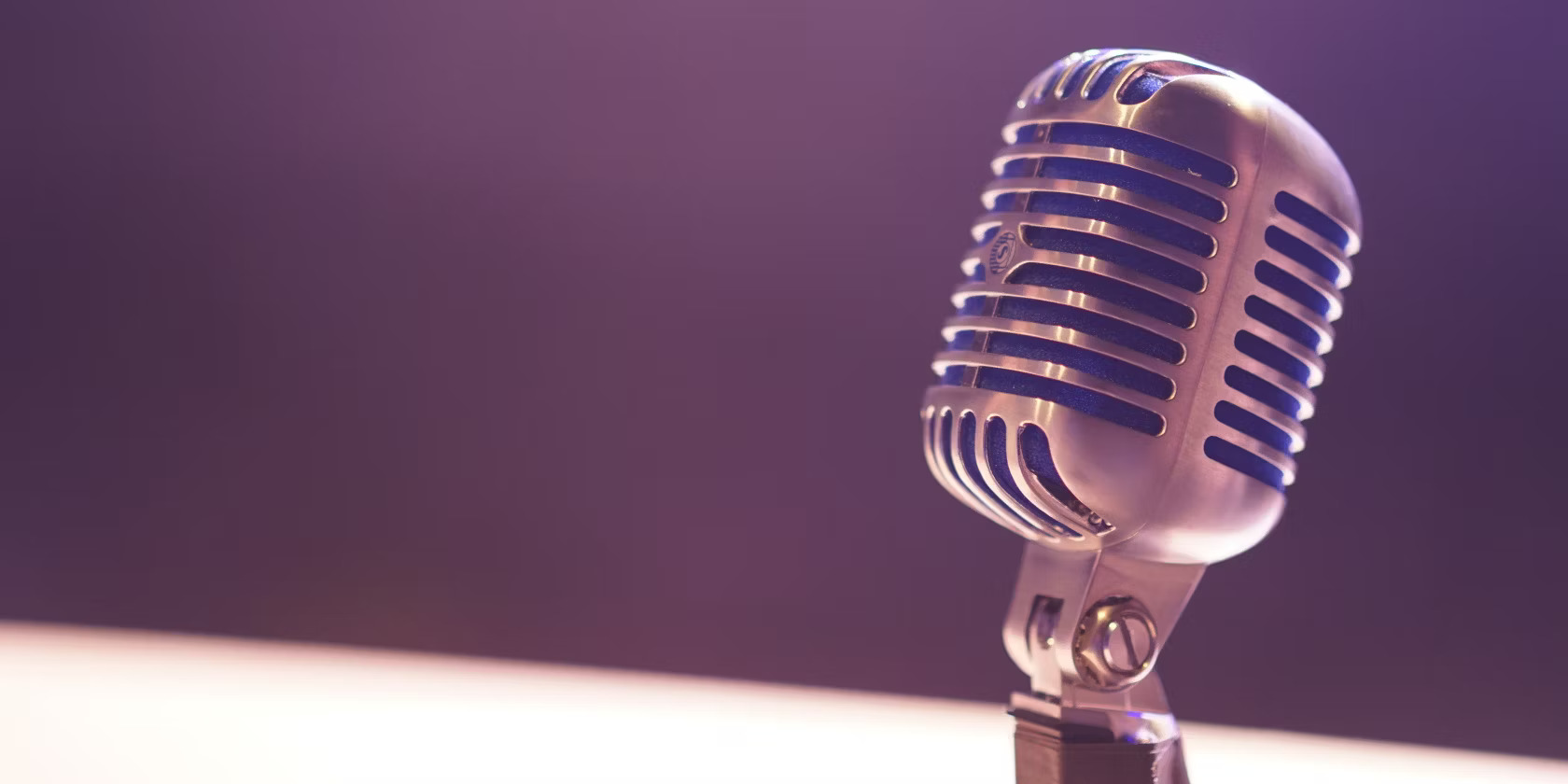Home>Devices & Equipment>Microphone>How To Hide A Microphone
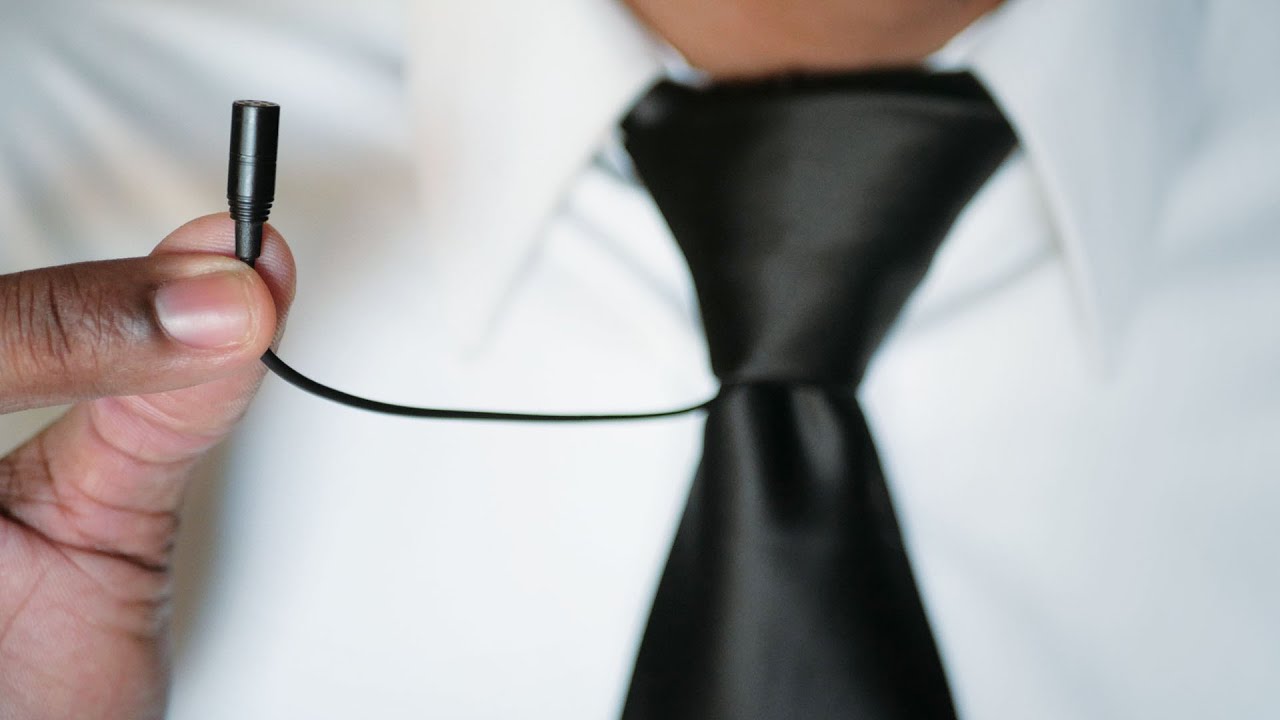

Microphone
How To Hide A Microphone
Published: February 16, 2024
Learn effective ways to hide a microphone for discreet recording. Find tips and techniques for concealing a microphone in various settings.
(Many of the links in this article redirect to a specific reviewed product. Your purchase of these products through affiliate links helps to generate commission for AudioLover.com, at no extra cost. Learn more)
Table of Contents
Introduction
Introduction
So, you’ve got a microphone, and you want to capture the best audio without it being an eyesore. Whether you’re recording a podcast, shooting a film, or hosting an event, hiding a microphone effectively is essential for achieving professional sound quality while maintaining a seamless visual presentation. In this guide, we’ll explore the art of concealing a microphone, from selecting the right type to finding the perfect placement and ensuring optimal sound capture.
When it comes to concealing a microphone, it’s not just about hiding the device itself. It’s also about ensuring that the sound quality isn’t compromised by its placement. This requires a delicate balance between concealment and audio performance. By understanding the nuances of microphone selection, strategic placement, and proper concealment techniques, you can achieve pristine audio without sacrificing aesthetics.
Throughout this article, we’ll delve into the intricacies of hiding a microphone, providing practical insights and expert tips for achieving exceptional results. Whether you’re a seasoned audio professional or a novice enthusiast, mastering the art of concealing a microphone will elevate the quality of your recordings and presentations. Let’s embark on this journey to uncover the secrets of hiding a microphone effectively.
Choosing the Right Microphone
When it comes to concealing a microphone, selecting the right type is paramount. The choice of microphone depends on various factors, including the environment, the desired sound quality, and the specific application. Here are some key considerations to keep in mind when choosing a microphone for concealment:
- Type of Microphone: Different microphones are suited for different purposes. For instance, lavalier microphones are commonly used for interviews and public speaking due to their discreet nature, while shotgun microphones excel in capturing focused audio from a distance, making them ideal for film and video production.
- Directionality: Understanding the directional characteristics of microphones is crucial. Omnidirectional microphones capture sound from all directions, making them versatile for various applications. On the other hand, cardioid and hypercardioid microphones are more directional, effectively isolating the desired sound source and minimizing background noise.
- Size and Weight: For concealment purposes, the size and weight of the microphone play a significant role. Smaller, lightweight microphones are easier to conceal and less likely to cause discomfort for the wearer, especially in scenarios such as live performances or film shoots.
- Frequency Response: The frequency response of a microphone determines its tonal characteristics and suitability for capturing specific types of sound. Understanding the desired frequency range and tonal qualities is essential for achieving the intended sound reproduction.
Ultimately, the goal is to choose a microphone that not only meets the technical requirements for the intended application but also lends itself to seamless concealment. By carefully assessing the unique demands of the recording environment and the desired audio characteristics, you can make an informed decision regarding the most suitable microphone for your concealment needs.
Selecting the Best Location
Once you have the right microphone in hand, the next crucial step is to determine the optimal placement for concealing it. The location of the microphone significantly influences the quality of the captured audio, as well as its visibility. Here are some essential factors to consider when selecting the best location for concealing a microphone:
- Proximity to the Sound Source: Placing the microphone in close proximity to the sound source is essential for capturing clear and detailed audio. For lavalier microphones, positioning them near the speaker’s mouth or the subject’s neckline can yield optimal results. In the case of shotgun microphones, aligning them with the targeted sound source ensures focused and pristine audio capture.
- Concealment Opportunities: Assess the surroundings to identify potential concealment opportunities. Concealing a microphone within clothing, accessories, or set pieces can effectively minimize its visibility while maintaining audio quality. It’s essential to strike a balance between concealment and accessibility for adjustments and monitoring.
- Minimizing Interference: Avoiding physical obstructions and sources of interference is crucial for achieving clean audio capture. Be mindful of clothing rustle, wind noise, and other environmental factors that can compromise the quality of the recorded sound. Additionally, consider the movement of the sound source and ensure that the microphone placement accommodates potential changes in position.
- Visual Aesthetics: While prioritizing audio quality is paramount, considering the visual aesthetics of the microphone placement is also important, especially in visual media productions. Strive to position the microphone in a manner that complements the overall visual composition without drawing undue attention.
By carefully evaluating these factors and experimenting with different placement options, you can pinpoint the best location for concealing the microphone, ensuring optimal audio capture while maintaining a visually unobtrusive presentation.
Concealing the Microphone
Once you have identified the optimal location for microphone placement, the next step is to conceal the microphone effectively. Concealment techniques vary depending on the specific application and the desired level of visibility. Here are some expert strategies for concealing a microphone:
- Utilize Clothing and Accessories: Clothing items such as collars, lapels, and ties can provide discreet hiding spots for lavalier microphones. Carefully thread the microphone cable through clothing to minimize its visibility, and use accessories such as tie clips or concealment tape to secure the microphone in place without causing discomfort to the wearer.
- Strategic Set Piece Integration: In film and theater productions, integrating microphones into set pieces or props can effectively conceal them while ensuring optimal audio capture. This approach requires coordination between the audio team and set designers to seamlessly incorporate microphones into the visual elements of the production.
- Custom Concealment Solutions: In some scenarios, custom concealment solutions may be necessary to achieve the desired level of invisibility. This could involve crafting specialized holders or mounts to discretely secure the microphone in a specific location, such as within a vehicle interior or behind a piece of furniture.
- Wire Management: Proper management of microphone cables is essential for both concealment and safety. Carefully route and secure the cables to minimize their visibility and prevent accidental tripping or interference with the sound source. Utilize cable clips, adhesives, or fabric tape to keep the cables neatly organized and inconspicuous.
Each concealment approach should prioritize both visual discretion and audio quality. It’s essential to test the concealed microphone setup under various conditions to ensure that it remains effectively hidden while delivering pristine audio capture. By leveraging these techniques and customizing them to suit the specific requirements of your project, you can master the art of concealing a microphone with finesse and precision.
Testing and Adjusting
Once the microphone is concealed in the chosen location, thorough testing and precise adjustments are essential to ensure optimal audio performance. Testing the concealed microphone setup involves evaluating its audio capture quality under realistic conditions and making necessary adjustments to fine-tune the sound. Here are the key steps for testing and adjusting a concealed microphone:
- Sound Check: Conduct a comprehensive sound check to assess the audio quality and ensure that the concealed microphone captures the intended sound source clearly and accurately. Pay attention to the presence of any unwanted noise, muffled audio, or irregular tonal characteristics that may arise from the concealment setup.
- Range of Movement: If the sound source or the wearer of the concealed microphone is expected to move during the recording or performance, evaluate the microphone’s performance across different ranges of movement. This includes walking, sitting, and engaging in typical activities relevant to the recording context.
- Environmental Factors: Consider the impact of environmental factors such as ambient noise, wind, and temperature on the concealed microphone’s performance. Testing the microphone in various environmental conditions provides insights into its resilience and adaptability to real-world recording scenarios.
- Monitoring and Feedback: Utilize monitoring equipment or wireless communication to receive real-time feedback on the audio capture quality. This allows for immediate adjustments to be made if any issues are detected during the testing phase.
Following the initial testing phase, precise adjustments may be necessary to optimize the concealed microphone setup for superior audio capture. These adjustments may involve fine-tuning the microphone’s positioning, cable routing, or concealment method to address any identified issues and enhance overall performance. Additionally, collaborating with the sound engineer or audio team can provide valuable insights and technical expertise in refining the concealed microphone setup.
By meticulously testing and adjusting the concealed microphone setup, you can ensure that it seamlessly integrates into the recording or performance environment, delivering exceptional audio quality while remaining discreet and unobtrusive.
Conclusion
Mastering the art of hiding a microphone is a multifaceted endeavor that demands a blend of technical expertise, creative ingenuity, and meticulous attention to detail. By carefully selecting the right microphone, strategically positioning it, and employing effective concealment techniques, you can achieve pristine audio capture while maintaining a visually unobtrusive presentation.
Throughout this guide, we’ve explored the essential considerations and expert strategies for concealing a microphone across various recording and performance scenarios. From leveraging clothing and accessories for discreet concealment to integrating microphones seamlessly into set pieces, the possibilities for achieving inconspicuous microphone placement are diverse and adaptable to diverse applications.
Testing and adjusting the concealed microphone setup is a crucial phase that ensures the seamless integration of the microphone into the recording or performance environment. By conducting thorough sound checks, evaluating the microphone’s adaptability to different ranges of movement, and addressing environmental factors, you can refine the concealed microphone setup to deliver exceptional audio quality under real-world conditions.
Ultimately, the successful concealment of a microphone hinges on the harmonious fusion of technical precision and creative finesse. Whether you’re capturing dialogue for a film, amplifying a live performance, or recording a podcast, the ability to conceal a microphone effectively enhances the overall audio-visual experience and elevates the professionalism of the production.
By embracing the insights and techniques shared in this guide, you are empowered to embark on your journey to master the art of hiding a microphone, unlocking new possibilities for seamless audio capture and visually captivating presentations.

